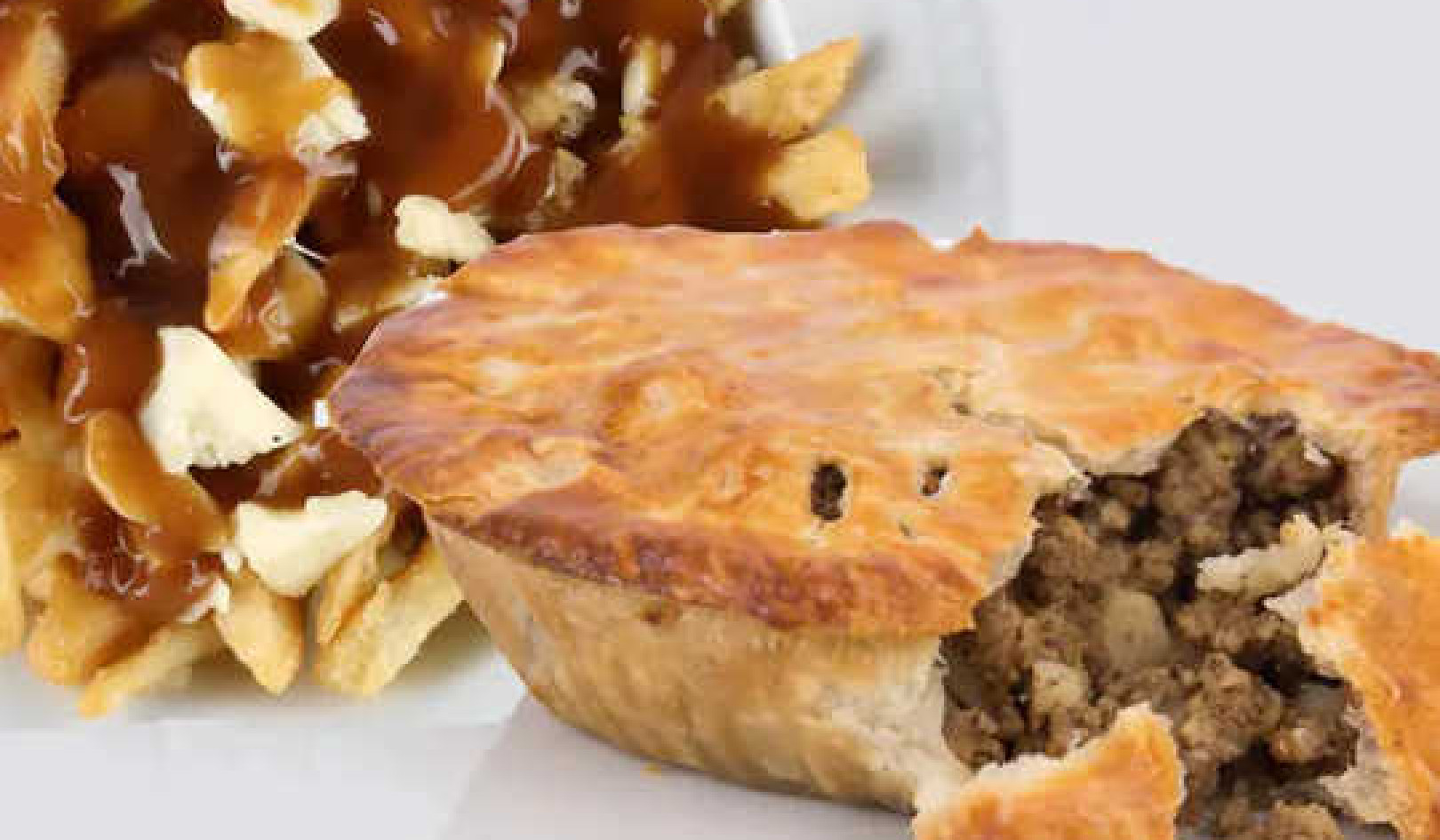
Until now, there’s been no way to control all sorts of devices, wirelessly, via the internet because there’s been no two-way radio smart and small enough to make this possible. A new technology called HitchHike could change that.
Futurists and technology prognosticators have been known to make starry-eyed projections about the so-called Internet of Things. It’s a vision of a world where everything—from implantable biosensors and wearable devices to smart cars and smart home sensors—confers and collaborates wirelessly to make the world a better and more interconnected place.
To date, this remains largely a dream. To become reality, the Internet of Things will require a new class of tiny, energy-efficient WiFi radios to pass commands to and from the network to a myriad of devices.
That is the idea behind HitchHike, a tiny, ultra-low-energy wireless radio from a Stanford University research team led by Sachin Katti, an associate professor of electrical engineering and of computer science, and Pengyu Zhang, a postdoctoral researcher in Katti’s lab.
The researchers are describing and demonstrating HitchHike in a paper presented at the Association for Computing Machinery’s SenSys Conference on November 16.
Tiny amounts of energy
“HitchHike is the first self-sufficient WiFi system that enables data transmission using just micro-watts of energy—almost zero,” Zhang says. “Better yet, it can be used as-is with existing WiFi without modification or additional equipment. You can use it right now with a cell phone and your off-the-shelf WiFi router.”
HitchHike is so low-power that a small battery could drive it for a decade or more, the researchers say. It even has the potential to harvest energy from existing radio waves and use that electromagnetic energy, plucked from its surroundings, to power itself, perhaps indefinitely.
“HitchHike could lead to widespread adoption in the Internet of Things,” Katti says. “Sensors could be deployed anywhere we can put a coin battery that has existing WiFi. The technology could potentially even operate without batteries. That would be a big development in this field.”
The researchers say HitchHike could be available to be incorporated into wireless devices in the next three to five years.
The size of a stamp
The Hitchhike prototype is a processor and radio in one. It measures about the size of a postage stamp, but the engineers believe that they can make it smaller—perhaps even smaller than a grain of rice for use in implanted bio-devices like a wireless heart rate sensor.
With a range of up to 50 meters and able to transmit up to 300 kilobits per second—several times faster than the fastest dial-up modem of the past—HitchHike he system was named HitchHike for its clever design that hitchhikes on incoming radio waves from a smartphone or a laptop. It translates those incoming signals to its own message and retransmits its own data on a different WiFi channel.
The big Achilles’ heel of any efforts in this direction to date has been energy usage. HitchHike consumes 10,000 times less current than WiFi radios. It can operate for years on a simple coin battery, but the researchers say future versions might use tiny solar panels or even harvest the energy of incoming WiFi radio waves.
HitchHike is a variation on what is known in engineering circles as a backscatter radio. It is actually more a reflector than a radio. HitchHike merely bounces WiFi signals back into the atmosphere—a signal that is known as backscatter.
‘Code word translation’
To work as a true radio, however, HitchHike must first make the all-important leap from simply reflecting an existing message to actually producing a meaningful message of its own. To do that, HitchHike’s designers developed what they call “code word translation.”
On the processor front, HitchHike is a simple translation device. In the binary digital world, a WiFi signal is little more than an endless stream of 1s and 0s, which standard WiFi transmits through a set of predefined code words. HitchHike cleverly translates the incoming code words into its own data. If, for instance, the incoming code word indicates a zero and HitchHike wants it to remain a zero, it passes that code word unaltered. If, however, HitchHike wants to change that zero to a one, or vice versa, it translates it to the alternate code word.
The next piece of the puzzle requires the avoidance of radio interference between the original signal and the new data stream coming from HitchHike—both of which are transmitted at the same time and on the same channel if unmodified. HitchHike instead shifts its new signal to another WiFi channel. And it does it all using almost no power.
“HitchHike opens the doors for widespread deployment of low-power WiFi communication using widely available WiFi infrastructure and, for the first time, truly empower the Internet of Things,” Zhang says.
Source: Stanford University
Related Books
at InnerSelf Market and Amazon






















